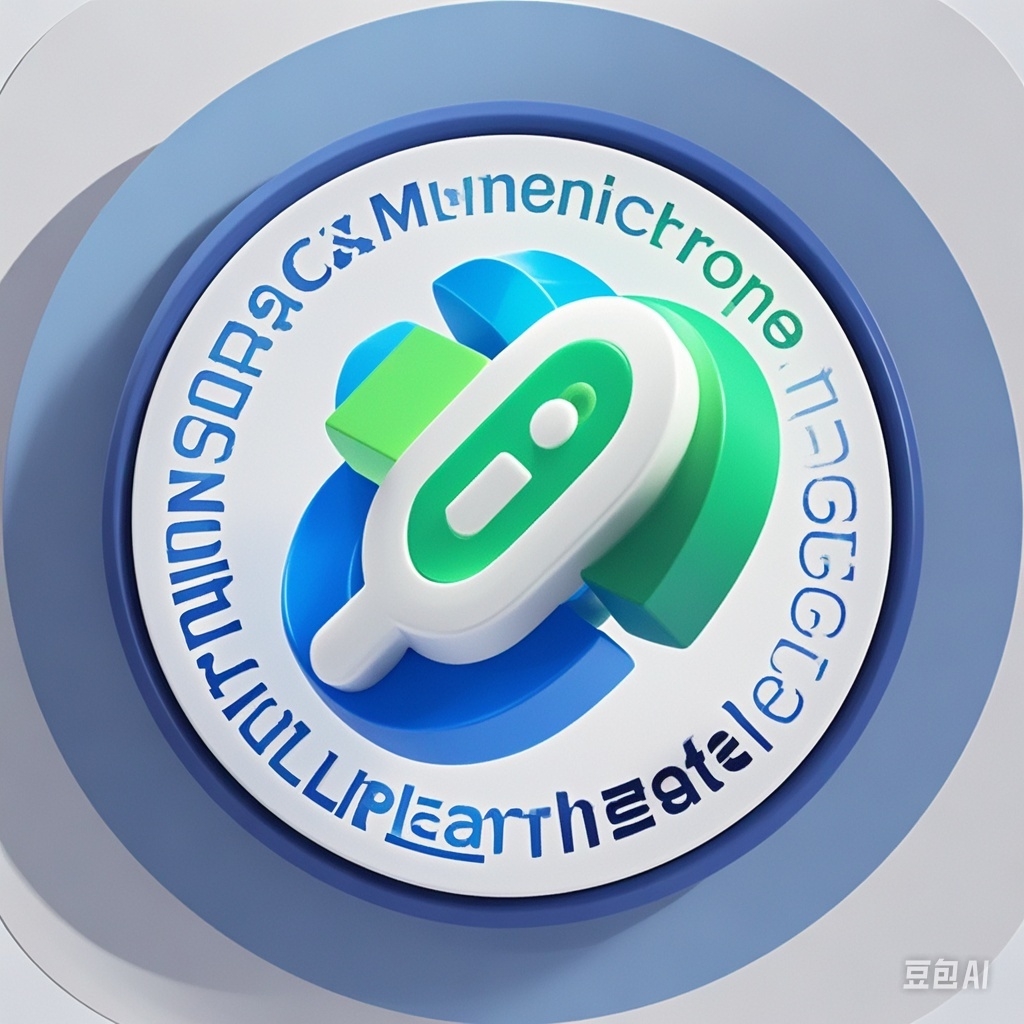获取结果失败,请稍后再试。

智能问答助手

结合文献知识库,保留通用大模型的能力,为您提供知识问答服务!
通用大模型
RAG知识库问答

The soil moisture active passive (SMAP) satellite mission distributes a product of CO2 flux estimates (SPL4CMDL) derived from a terrestrial carbon flux model, in which SMAP brightness temperatures are assimilated to update soil moisture (SM) and constrain the carbon cyclemodeling. While the SPL4CMDL product has demonstrated promising performance across the continental USA and Australia, a detailed assessment over the arctic and subarctic zones (ASZ) is still missing. In this study, SPL4CMDL net ecosystem exchange (NEE), gross primary production (GPP), and ecosystem respiration (R-E) are evaluated against measurements from 37 eddy covariance towers deployed over the ASZ, spanning from 2015 to 2022. The assessment indicates that the NEE unbiased root-mean-square error falls within the targeted accuracy of 1.6 gC.m(-2).d(-1), as defined for the SPL4CMDL product. However, modeled GPP and R-E are overestimated at the beginning of the growing season over evergreen needleleaf forests and shrublands, while being underestimated over grasslands. Discrepancies are also found in the annual net CO2 budgets. SM appears to have a minimal influence on the GPP and R-E modeling, suggesting that ASZ vegetation is rarely subjected to hydric stress, which contradicts some recent studies. These results highlight the need for further carbon cycle process understanding and model refinements to improve the SPL4CMDL CO2 flux estimatesover the ASZ.
The vertical temperature distribution in the permanently shaded region (PSR) has a significant impact on the temporal and spatial distribution of the cold trap. To obtain the vertical temperature profile of the PSR, an inversion method that fuses microwave and infrared brightness temperature (TB) data is proposed. In the inversion process, the infrared data were initially used to derive the optimal value of the H-parameter that controls the density profile. Subsequently, high-frequency (37 and 19.35 GHz) microwave TB data were used to ascertain the range of surface density, whereas low-frequency (3 GHz) microwave TB data were used to determine the range of bottom density. A fixed correction was applied to the 3-GHz brightness temperature data to account for the calibration error. Due to the inherent uncertainties associated with the thermal model, both the Hayne and Woods' models were used in the inversion process, yielding disparate results. The PSR in the Haworth impact crater was selected as a case study for the inversion. The Woods' model was found to provide a superior explanation for the microwave observation. The optimal surface density of the PSR of the Haworth crater was determined to be within the range of 1200-1300 kg m(-3), while the bottom density was within the range of 2100-2200 kg m(-3). The inverted vertical temperature distribution in the PSR of Haworth crater indicates that the depth of the cold trap can reach approximately 8.5 m. In addition, the impact of heat flow on microwave TB is discussed.
Lunar Reconnaissance Orbiter (LRO) was launched in 2009 to study and map the Moon and is now completing its fifth extended science mission. The LRO (see Figure 1) hosts a payload of seven different scientific instruments. The Cosmic Ray Telescope for the Effects of Radiation instrument has characterized the lunar radiation environment and allowed scientists to determine potential impacts to astronauts and other life. The Diviner Lunar Radiometer Experiment (DLRE) has identified cold traps where ice could reside and mapped global thermophysical and mineralogical properties by measuring surface and subsurface temperatures. The Lyman Alpha Mapping Project has found evidence of exposed ice in south polar cold traps as well as global diurnal variations in hydration. The Lunar Exploration Neutron Detector has been used to create high-resolution maps of lunar hydrogen distribution and gather information about the neutron component of the lunar radiation environment. The Lunar Reconnaissance Orbiter Camera (LROC) is a system of three cameras [one wide-angle camera and two narrow-angle cameras (NACs)] mounted on the LRO that capture high-resolution black-and-white images and moderate resolution multispectral (seven-color band) images of the lunar surface. These images can be used, for example, to learn new details about the history of lunar volcanism or the present-day flux of impactors. The Miniature Radio Frequency (Mini-RF) instrument is an advanced synthetic aperture radar (SAR) that can probe surface and subsurface coherent rock contents to identify the polarization signature of ice in cold traps. The Lunar Orbiter Laser Altimeter (LOLA) has been used to generate a high-resolution, 3D map of the Moon that serves as the most accurate geodetic framework available for co-locating LRO (and other lunar) data. The data produced by the LRO continue to revolutionize our scientific understanding of the Moon, and are essential to planning NASA's future human and robotic lunar missions.
In China's Chang'e 7 mission, a miniflyer will be carried for in-situ water ice measurement in permanently shadowed regions (PSRs) around the lunar south pole. The extreme cold environment within PSRs causes serious challenges for the safety of the miniflyer. Predication of temperatures in PSR is critical for designing the internal heating system and the heat source capacity. Conducting in-situ detection mission in relatively warm temperature can reduce the threat of the cold environment and save energy to maintain a suitable operation temperature for payloads. Since the polar-orbiting satellite lunar reconnaissance orbiter passes over the same location in the polar region with intervals of about a month, the temporally continuous observation is unavailable. Simulation is necessary to determine the temporally continuous temperatures of PSR during the mission. In this article, a numerical model of the temperatures in PSR is presented. The ray tracing approach is used to calculate the shadowing effect of terrain on scattered sunlight and thermal radiation. The PSR temperatures are simulated with the one-dimensional heat conduction equation. Simulated temperatures are compared with Diviner data for validation. The spatial and temporal temperature distributions of PSRs in crater Shackleton, which is the preferred landing site for the Chang'e 7 mission, are simulated from 2026 to 2028. The simulated temperature in high temporal resolution of one Earth hour can be applied to analyzing diurnal and seasonal temperatures in PSRs and is helpful for thermal management and design of the internal heating system. The time windows with relatively warm temperature in PSR at regions with slope angles less than 5(degrees) are recommended to save energy and reduce the hazards of the extremely cold environment.
A microwave radiation model with coherent surface scattering is developed for analyzing the topographic effects of the lunar permanently shadowed region (PSR) on microwave radiometric observations. The coherent surface scattering to the observer, which comes from the nearby surface due to the variation in the surface slope, is quantified by the ray-tracing method. In addition, the vertical distribution of temperatures of the PSR is estimated by a 1-D thermal model with 3-D shading and scattering effects. The impact of coherent scattering on microwave brightness temperatures (TBs) by a nadir-look radiometer becomes more noticeable with high-resolution microwave TB data, such as 4 pix/degrees by 4 pix/degrees in this study. The rise in TB at certain locations in PSR may reach up to similar to 8 K at 37 GHz. However, when compared with the low resolution of the TB by Chang'E-2, the averaged contribution of coherent surface scattering is less than 1 K. Meanwhile, there is a discrepancy between the model-generated microwave TB and the measured TB of Chang'E-2, both in small and large craters. This discrepancy may be explained by a calibration issue or the uncertainty of model parameters. Nonetheless, the trend in the model-generated TB is consistent with the measurements, indicating that the proposed model has the potential to predict TB effectively within the PSR.
Permanently shadowed regions (PSRs) at the lunar poles pique scientific interest on account of their cold trapping of volatiles that is highly relevant in the current scope of lunar exploration. Interiors of PSRs are largely unknown due to the challenging illumination conditions. In this letter, we describe a method for synthesizing images at PSRs based on the knowledge of incident solar illumination geometry and local topography that reflects light into PSRs.
The permanent shaded regions (PSRs) at the lunar poles receive no direct solar illumination throughout the year, so their temperatures are extremely low. The PSR is mainly heated by the radiation heat flow and the scattered solar radiation from the sunlit crater wall. The temperature distribution in the PSR and its diurnal and seasonal variations have been calculated using the ray-tracing method, which determines the radiation heat flow and the scattered solar radiation. In this article, the radiation heat flows were calculated by anisotropic emissivity of the PSR, and the scattered solar radiation was calculated using the lunar Lambert model. To conform to the Diviner IR temperature data, the 1-D heat conduction equation was solved with modified heat conductivity (an important parameter of the regolith media). As an example, the daytime and nighttime temperatures in the Hermite-A crater at the North Pole during summer and winter were numerically simulated and were compared with the Diviner IR data. In addition, rocks near the central peak of the crater in the PSR may enhance the nighttime temperature. This was validated by the PSR images captured by the Lunar Reconnaissance Orbiter Camera (LROC), the Miniature Radio Frequency instrument data on the LRO, and the numerical simulations.